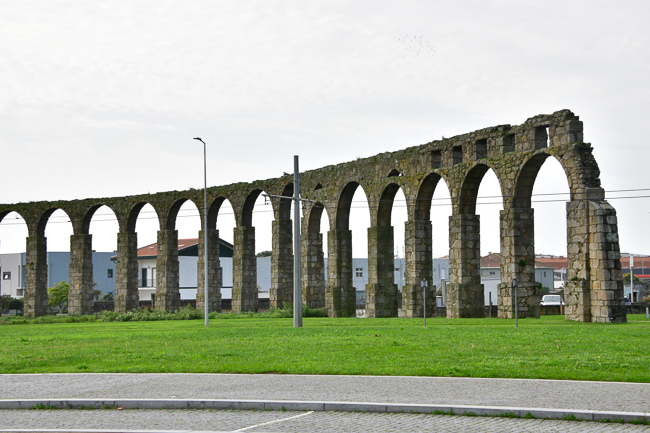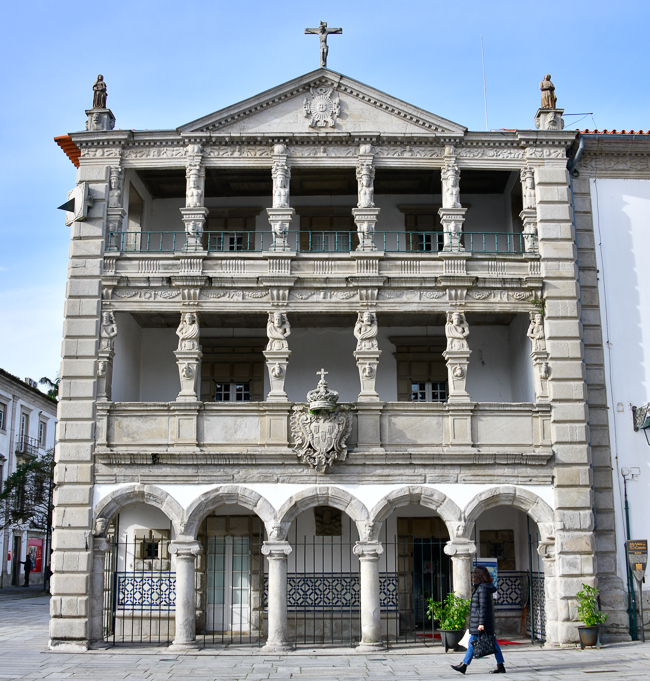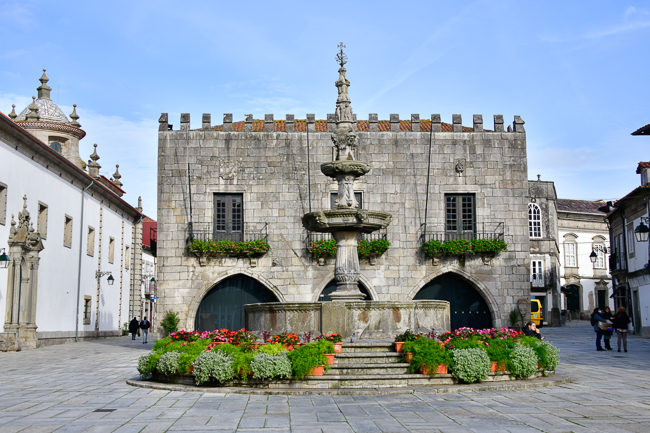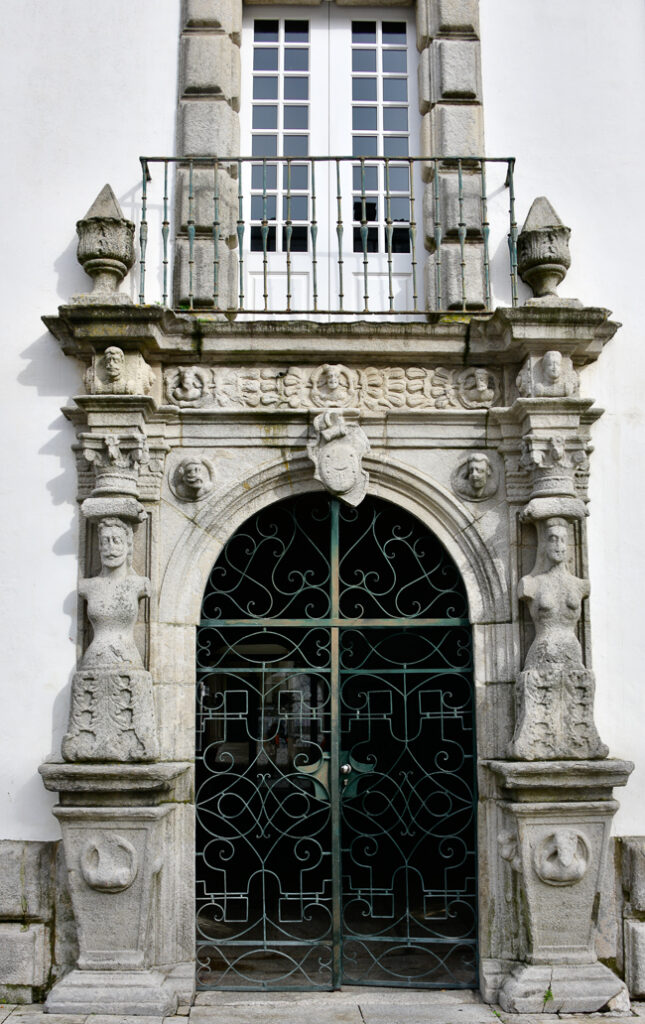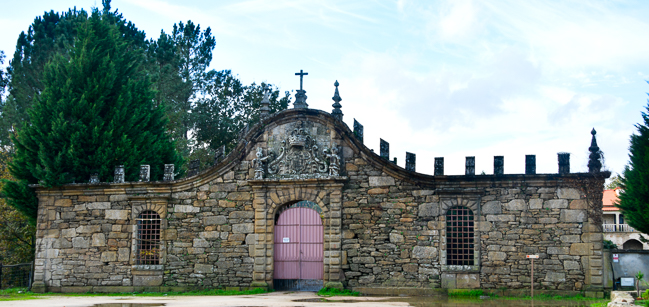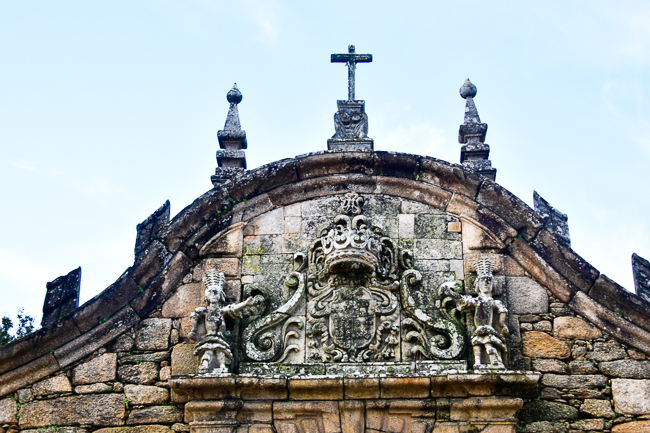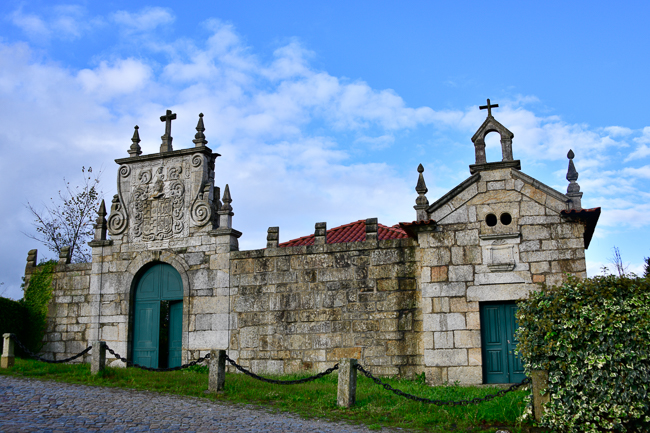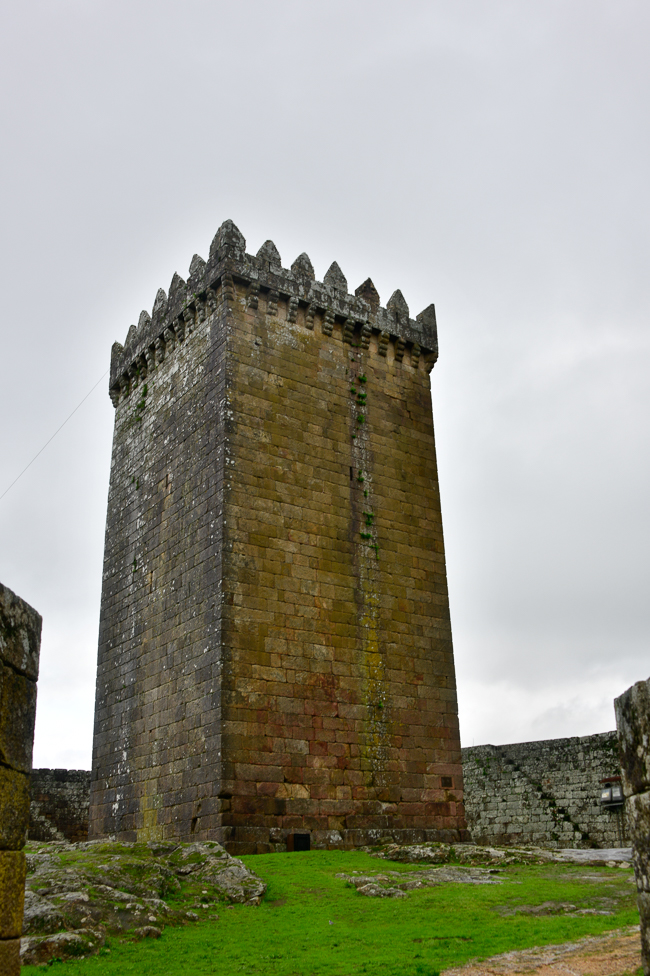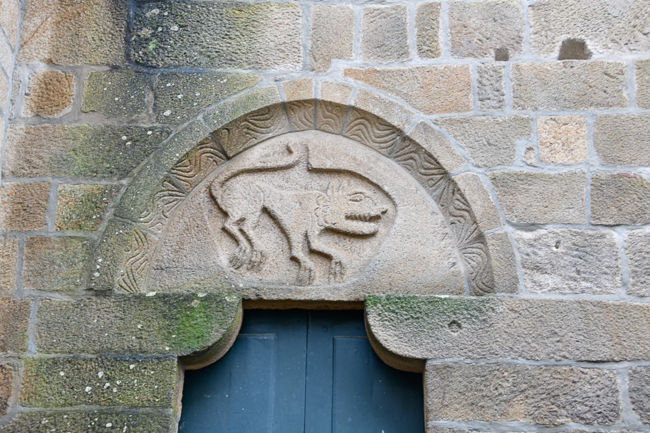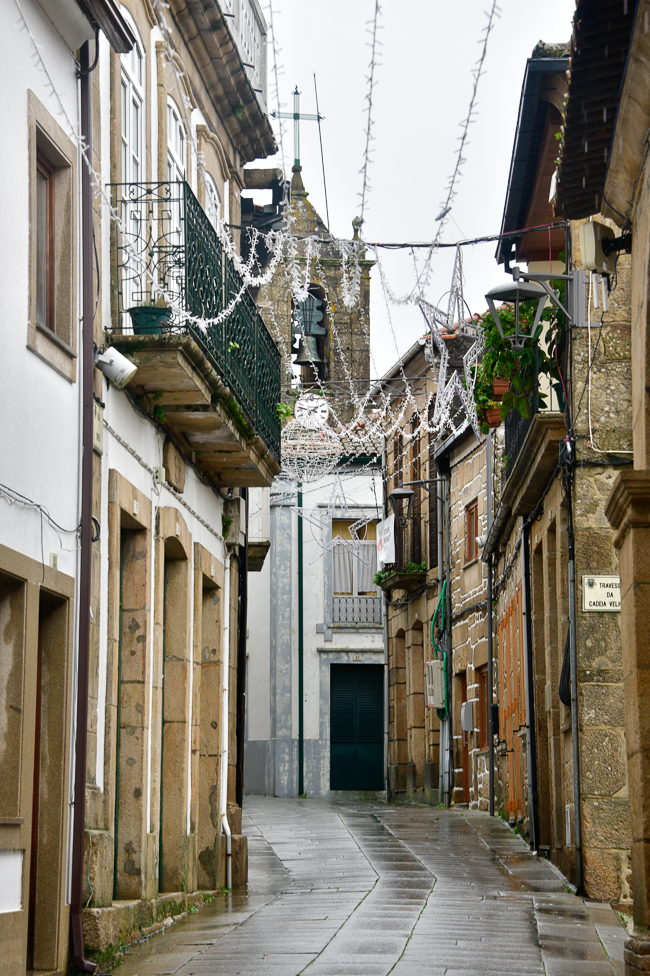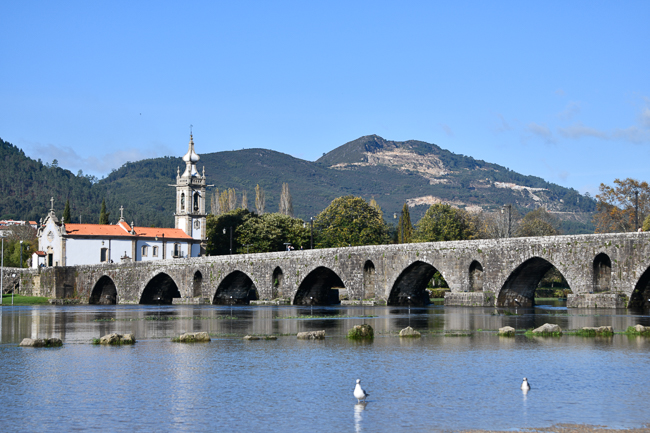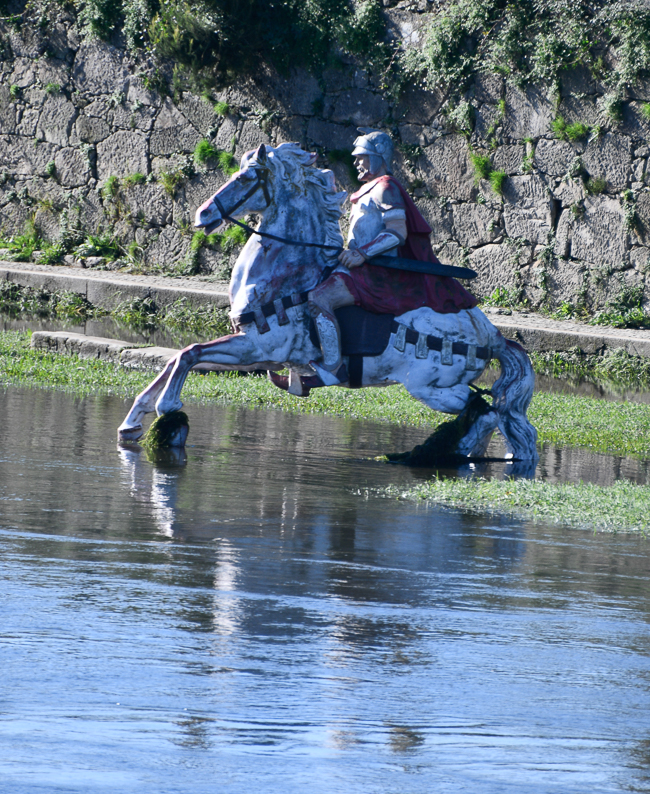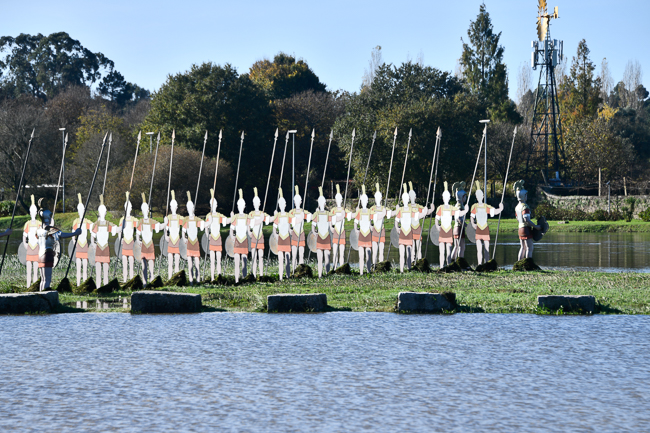November 2022
There are at least 42 aqueducts in Portugal. Fifteen were built for public water supply and 26 for private supply.
The word aqueduct comes from the Latin “aqua” for water and “ducere” which means to lead.
Even though aqueducts are very much associated with the roman empire this one was built much later. The Santa Clara Aqueduct was built to supply water to the monastery of the same name. Work began in 1626 under the order of Abess D. Maria de Meneses but was halted for 70 years when it was determined the slope was inadequate. It was finished under the order of Abess D. Bárbara Micaela de Ataíde in October of 1714. It was a little over 3 miles long and consisted of 999 granite arches. The final design was by military engineer Manuel Vila de Lobes.
Viano do Castelo
The Santuário de Santa Luzia honors Santa Luzia (Saint Lucy), the Patron Saint of Sight. The building is not terribly old, but sits atop a hill and looms over the city of Viano do Castelo. The area offers views of the port and out to the ocean and up the Lima Valley.
The city of Viano do Castelo is absolutely charming with its small cobblestone streets and gorgeous architecture.
The Misericórdia (Mercy) building and the church date from the 16th century. Built by the Misericórdia brotherhood the building designed by João Lopes, o Moço (the Boy) is called the “Casa das Varandas”. It is a stunning representation of Renaissance and Mannerist-inspired civil architecture, with Italian and Flemish influences. Renovation work on the church was done in 1716 by military engineer Manuel Pinto de Vilalobos.
Driving around the countryside of Portugal every once in a while you come across some amazing, grand structure that was quite obviously the entry to an estate. They are often just standing alone and hard to figure out why.
Sadly there is very little known about this glorious structure, which is really just a facade. I was able to find a name attached to it. The grandeur of the gate contrasts with the rest of the property that once belonged to the aristocratic Pimenta de Castro family, whose history is lost.
Malgaco
This is all that is left of the Castle of Malgaco. Construction of the castle dates to 1170 by order of the first King of Portugal Afonso Henriques (1112–1185).
To get to the tower you walk through parts of Malgaco that are charming as can be.
*
*
*
Ponte de Lima
The bridge spaning the Lima River at the town of Ponte de Lima is actually two bridges.
The bridge contains five arches from the old Roman bridge which are said to date back to the 1st century. These form a section on the opposite side of the river from the town and now sit on dry land.
This medieval bridge makes up the rest and dates to 1368.
It is said that during the Roman occupation of Portugal the forces stationed here felt the Lima River looked too much like the River Lethe (or River of Forgetfulness), one of the five mythical rivers of the Underworld. They feared if they drank from or tried to cross the river it would completely erase their memories.
It is said that in 138 BCE General Decimus Junius Brutus decided to end the superstition by making the crossing himself. From here the tale has two editions, either the General forced each man to cross by yelling his name, or the men themselves, in order to insure they had not lost their minds to “Oblivion” were made to shout out their own names as they crossed the river.
The legend is why there are images of a Roman phalanx on one side of the river with the general on horseback, encouraging them across, on the other.
“Vaca das Cordas” is a local event that takes place every year in Ponte de Lima. It is a kind of back-and-forth between man and bull that takes place on the streets the day before the Corpus Christi celebrations. Its tradition dates back to 1646. The legend says that the city’s main church was a temple where the locals worshiped a goddess that was portrayed as a cow. According to the legend, the Christians transformed the temple into a church, and for that reason, the image of the goddess was taken from the altar, where it was worshiped, tied with ropes, and dragged around the church three times. Nowadays, it is represented by a live bull that runs through the streets, which is tied with ropes, followed by thousands of people. The three laps around the church are still part of the celebrations.
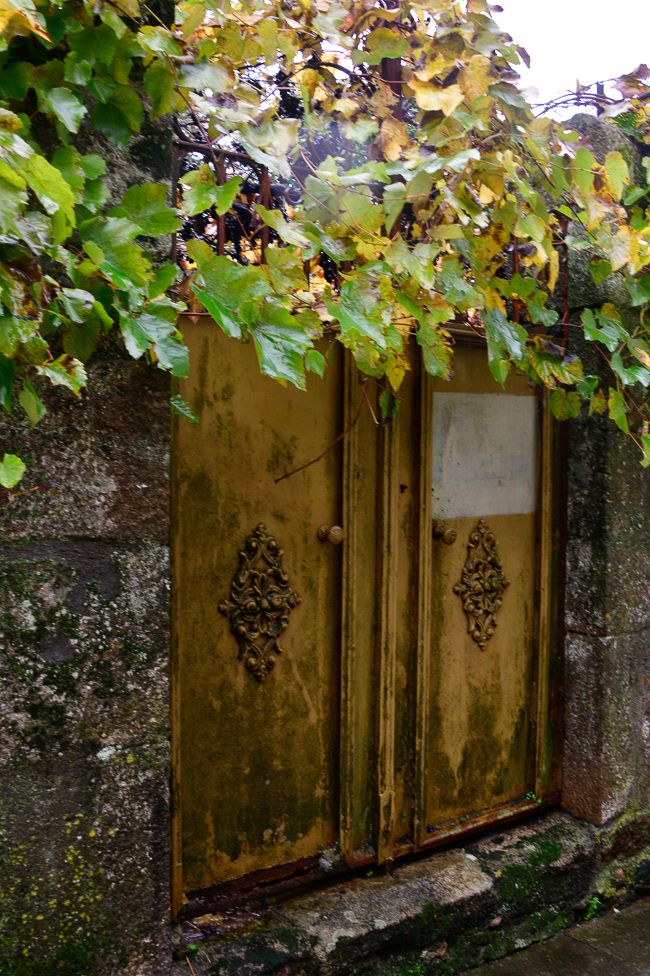 This part of Portugal is not really on the tourist list, each town is small with a unique gift to offer. The Vinho Verde trail wanders through the Minho Region making this part of Portugal ideal for wandering and enjoying Vinho Verde wine and good Portuguese food.
This part of Portugal is not really on the tourist list, each town is small with a unique gift to offer. The Vinho Verde trail wanders through the Minho Region making this part of Portugal ideal for wandering and enjoying Vinho Verde wine and good Portuguese food.
